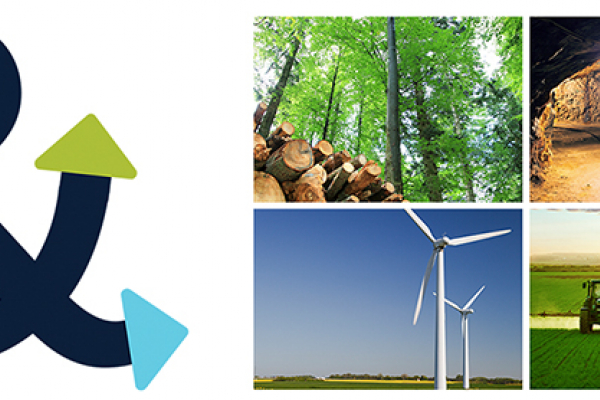This paper serves as the foundation for a two-year policy and research project titled “Linking Natural Capital and Productivity: A Strategy to Improve Canada’s Economic and Environmental Performance.” The goal of this project is to shed light on the relationship between economic activity and the environment by exploring the linkages between changes in our natural capital and our measures of productivity generally, and through the construction of an environmentally adjusted measure of productivity specifically.
While it is now commonly accepted that economic activity and the state of our environment are linked, many economic measures still fail to incorporate the environment – both the things we draw from it and the pollution we release into it. By developing and calculating measures of productivity that include natural capital, Canada may be able to better understand these linkages. This, in turn, may lead to the identification of strategies that can help Canada become more efficient and innovative in the use and protection of natural capital, and thus more productive and more prosperous.
Using the forestry sector as a case study, this project aims to construct an environmentally adjusted measure of multifactor productivity. In doing so, we aim to add another layer of understanding to the environmental and economic performance of this sector. The proposed measure will have relevance to the Canadian economy as a whole.
Key Messages:
-
Like all forms of wealth, we must understand, measure and manage our natural capital in order to use it optimally. With Canada’s economy and Canadians’ wellbeing closely linked to natural capital, there is an imperative – both environmental and economic – to sustain our natural capital.
-
Mismanagement of our natural capital asset can lead us to depreciate its value too quickly, jeopardizing the potential flow of goods and services it can provide in the future; however, just as there is a downside to misusing our natural asset, so is there a potentially large upside to managing it well. Currently, on a global scale, available resource efficiency and productivity improvement opportunities have been estimated to be valued at $2.9 trillion by the year 2030. The countries, sectors and companies who grasp these opportunities will be rewarded with cost savings, growing markets, enhanced reputations and export potential.
-
Productivity is a key measure of how efficient, innovative, and competitive a country, company or sector is. However, current productivity metrics largely fail to reflect natural capital; efforts to act as stewards of natural capital – thoughtfully managing its use over time – will largely not be reflected. In response to this shortcoming of conventional productivity metrics, environmentally adjusted measures of productivity can be constructed. These metrics incorporate environmental inputs and/or the output of pollution, and can add a new dimension to our understanding of productivity measurement and of our environmental performance.
-
Recent studies show that failing to include natural capital in multifactor productivity measurement leads to an underestimation of productivity growth, particularly in times of improving environmental performance. Conversely, conventional measures of productivity may overestimate productivity growth if pollution is increasing, as compared to environmentally adjusted measures.
-
Ultimately, using environmentally adjusted measures of productivity to inform decision-making would lead to better public policy, and those who successfully decouple economic activity from environmental impact will be recognized and rewarded.
Exploring the links between natural capital and productivity measurement can provide insight on how our economic activity relies on the flows of goods and services provided by natural capital stocks, and on how pollution and other impacts of economic activity may depreciate the value of these stocks. There are challenging questions related to this field, such as: How do we measure and assess natural capital’s role in our economic productivity? How is our natural capital’s potential to provide value influenced by our current economic activity? What might we do better, in order to improve both our economic and environmental performance? While we aim to produce an environmentally adjusted measure of productivity, we are also seeking to raise the profile of these important questions, in hopes of encouraging further discussion and research.





